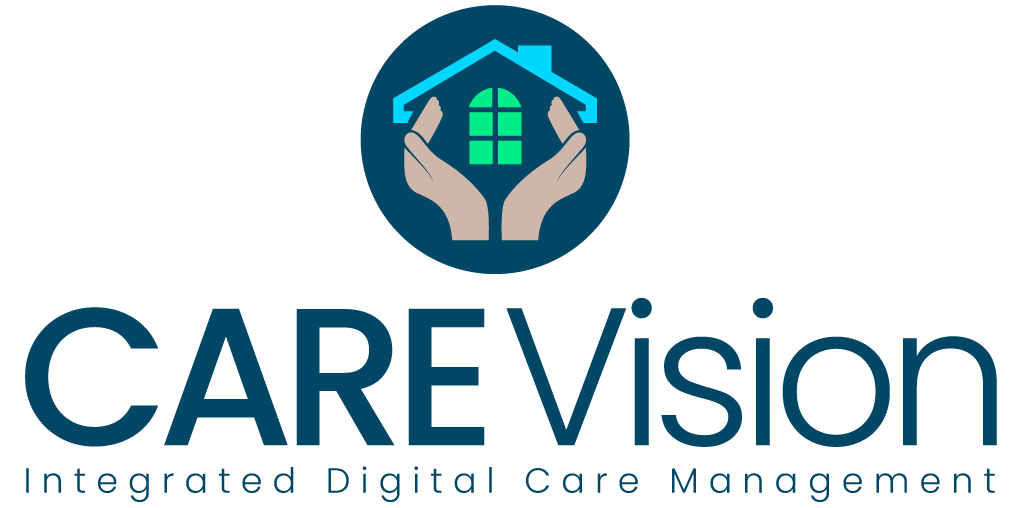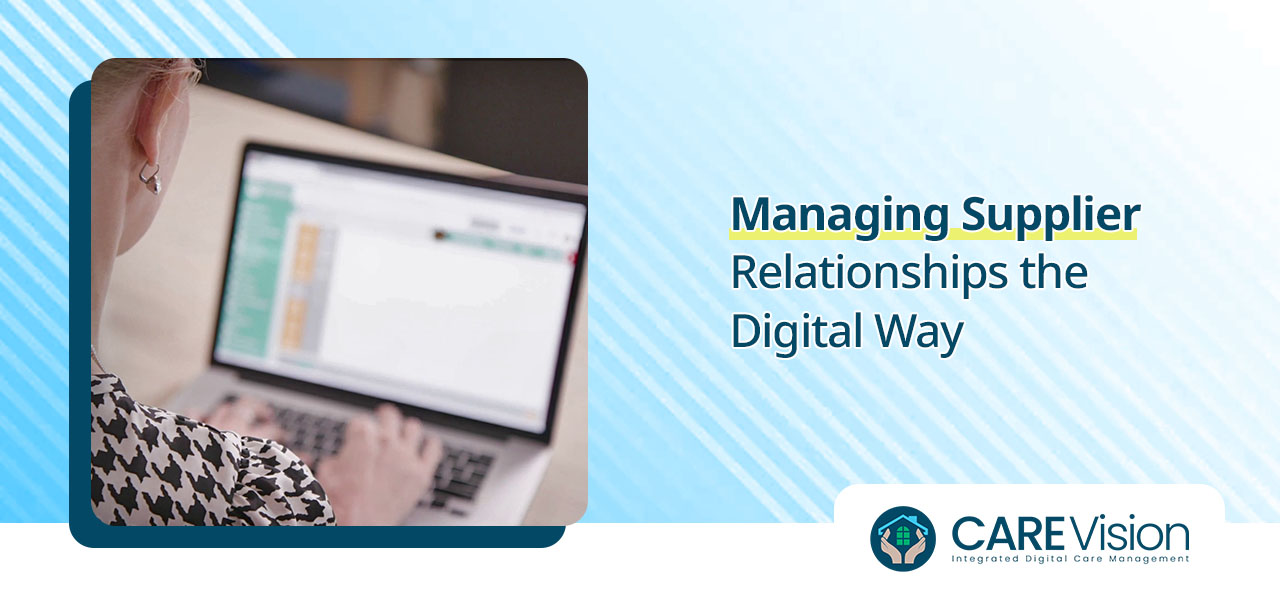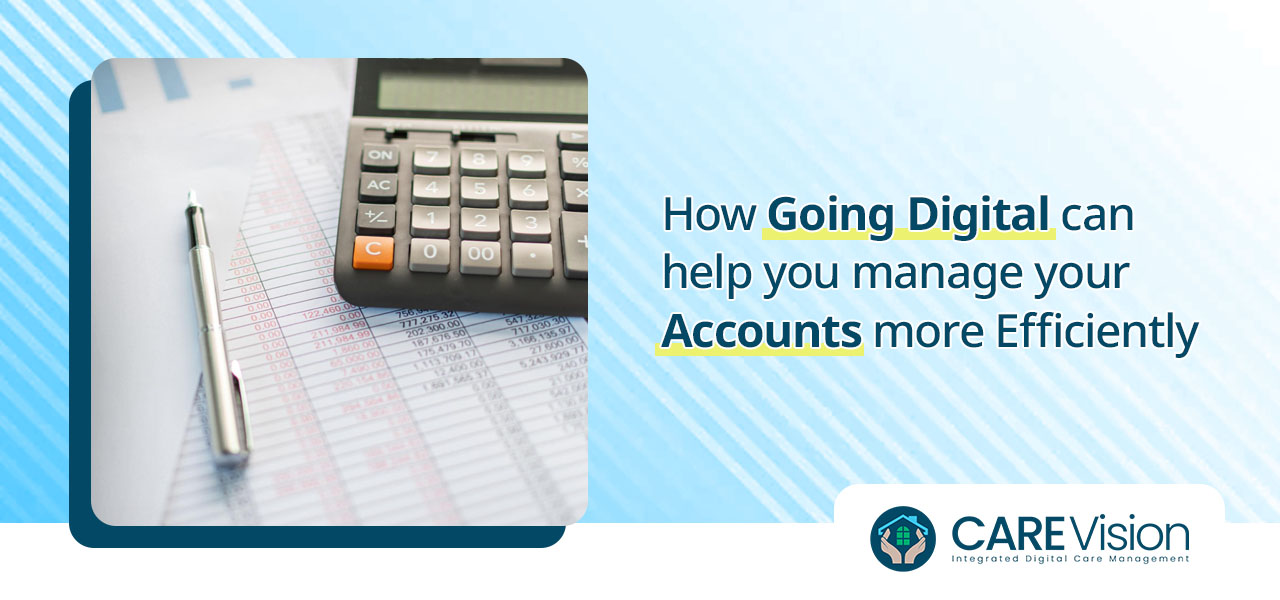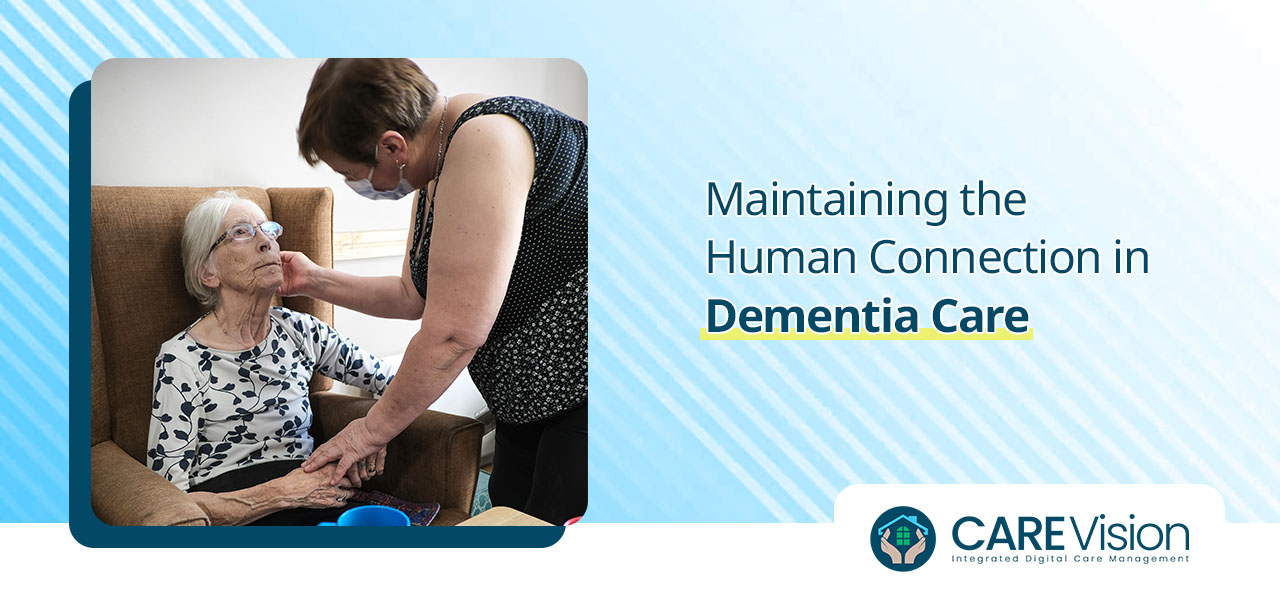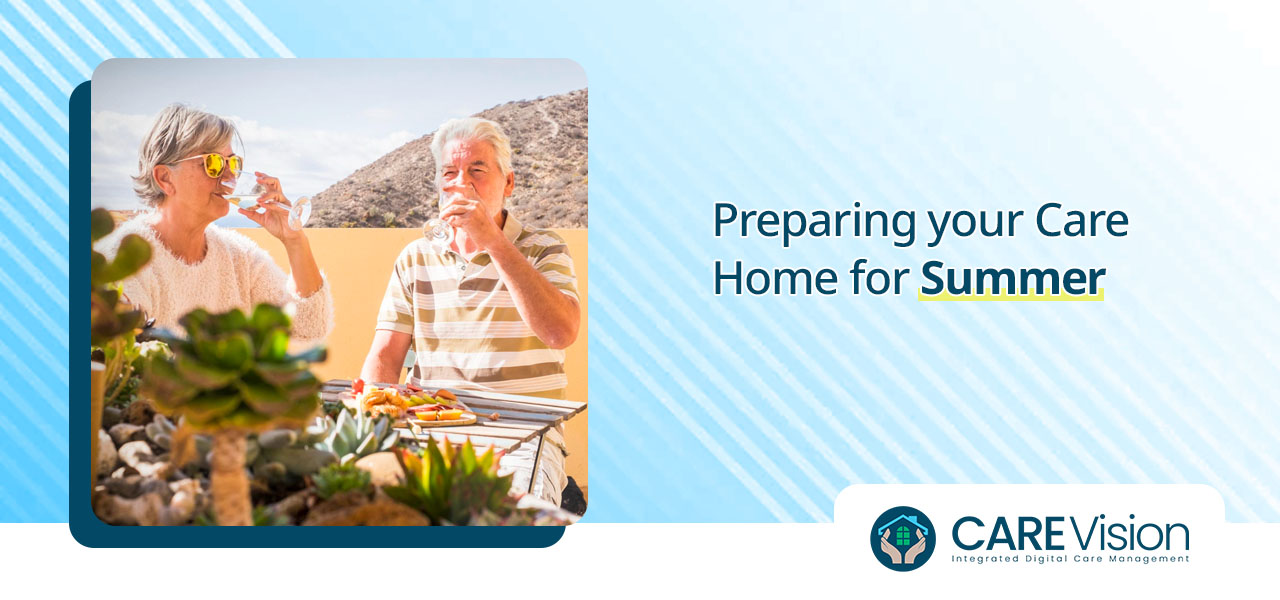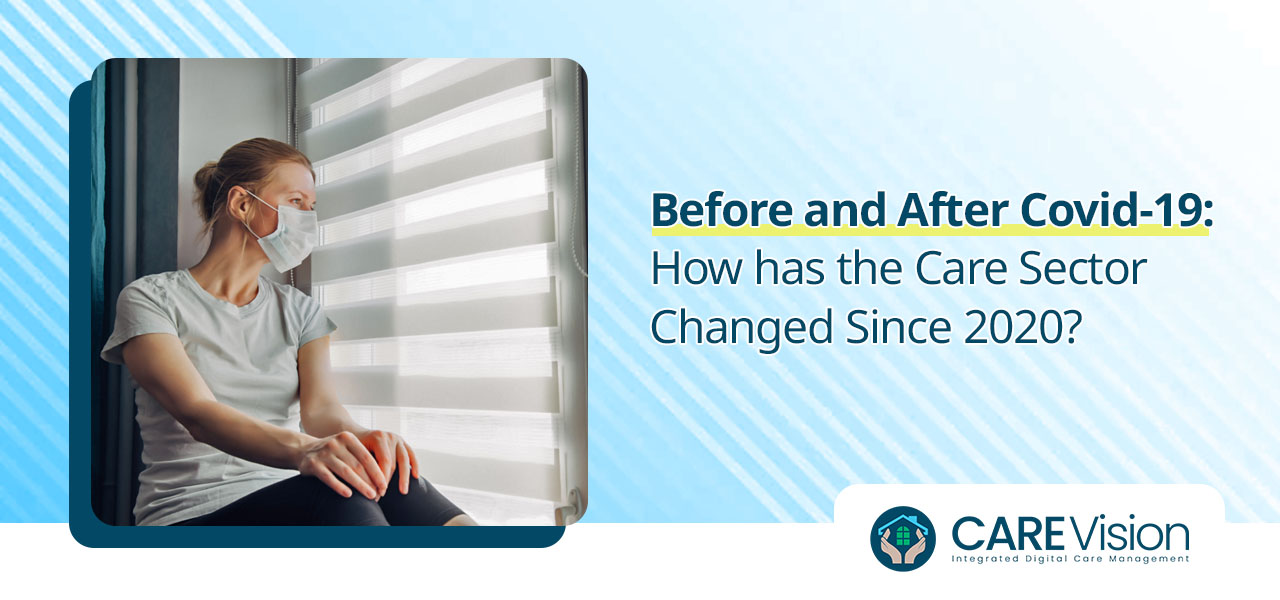International Youth Day takes place on Saturday 12 August. The initiative was started by the UN in 2000 to honour young people all over the world. During the course of the day (and hopefully afterwards), people everywhere are encouraged to think about the challenges facing young people today and to work out ways to take action to help and support those going through difficult times.
Young people who require additional support in the form of residential care, or long-term medical or social healthcare face their own unique challenges. Younger residents can include children and teenagers living with physical disabilities, neurological conditions and serious impairments to their mental or emotional health. Their tender age can bring further support requirements around maintaining healthy relationships, understanding behavioural boundaries and developing emotional control. Younger care home residents may also need help with encouraging resilience, following medical treatments and therapies and learning essential life skills.
Digital software like Care Vision can help care home managers plan and carry out the many and varied tasks that looking after younger residents can require. From staff rotas to visitor books; medication records to emergency planning, this versatile tool can save time, reduce uncertainty and provide clear instructions for all professionals involved in working with younger care home residents. Here are five key areas in which managers can use Care Vision to help their young residents.
Medication and treatments
Young people can sometimes find it hard to remember what medications they need to take, especially when they may not feel actively unwell or in emotional distress. Carers can help them stay on track using Care Vision’s eMAR tool. This handy feature enables carers to record when they administer medication, how much and what for. Staff can also record changes to dosages, side-effects and developments in their young charges’ physical and mental wellbeing. The eMAR can also be used in conjunction with other monitoring tools, such as fluid intake, behaviour tracking and weight loss tracking functions.
Visitors and external support
Younger residents can benefit from seeing friends and family as much as their older counterparts. Care Vision’s electronic visitors book helps record the comings and goings of all visitors at the care home. This helps keep everyone safe, as well as provides an enduring record of who has received visitors, how often and for how long. Any changes in routines can be tracked, for example if a family member stops visiting so often, and reasons for the hiatus examined. The electronic visitors book can also track visits from external professionals, such as therapists, counsellors, tutors etc., to maintain a fuller picture of the lives of those in their care.
Life skills and education
Children in care homes who are able to access education can be supported in doing so by digital care management software. As well as tracking tutor visits, as above, the software can be used to plan educational sessions, ensure that the correct number of staff are on duty to facilitate teaching events, plan daytrips out and record young students’ progress in their individual resident records. Others involved in their care can access information about their education too, in order to help them provide informed medical and social wellbeing support.
Entertainments and socialising
Arranging fun events, sessions and day trips is made simple by Care Vision’s digital planning software. Topics and themes can be chosen using personal preferences and ‘likes and dislikes’ information provided about young residents to ensure that they will enjoy the activities being planned. Dietary requirements can also be recorded and accessed to keep everyone safe from allergies and other health problems at mealtimes. Finally, the system can be used to plan ‘open house’ style events to invite friends and family into the care home to enjoy socialising as a wider community.
Emergencies and reports
Emergency planning is also made more straightforward using care management software. Key information can be stored in one place, including medical history, medications, allergies, family contact details and personal wishes around key medical decisions. Reports can also be generated after an emergency to help staff understand what happened and how to prevent something similar from taking place in the future. Finally, this vital information can be used for auditing purposes.
